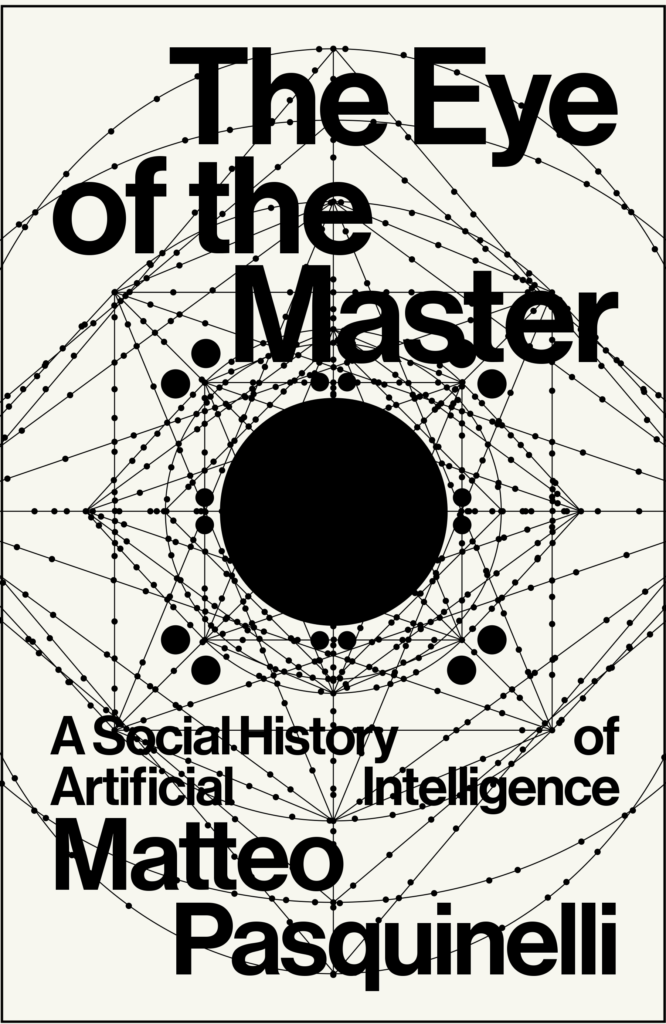
Destructio sive eradicatio totius arboris Porphirii. Bologna: 1503.
The aim of this text is not to prove a linear academic thesis, but to record a spectrum of homologies and resonances across the history of the tree as a symbolic and logic form. The inspiration for this Warburgian excursus derives from the recognition that a plant is found at the centre of ancient cosmologies as much as at the centre of modern epistemologies. The tree form has been adopted as readily to support religious architectures as it has the abstract world of logic. “We’re tired of trees” remarked the French philosophers Deleuze and Guattari in 1980, after reading Julien Pacotte’s book Le réseau arborescent, schème primordial de la pensée (The arborescent network, primordial diagram of thought). As early as 1936 Pacotte thus explored the abstract tree form in disciplines such as mathematics, biology and chemistry. He believed that the ramifying network is a “universal aspect of intimate reality” and “the very foundation of formal thought.” […] However, Deleuze and Guattari’s own dichotomy between tree and rhizome happened to be superseed by information technologies themselves and specifically by the neural networks of artificial intelligence… Neural networks are able to turn rhizomic networks into the source of a centralizing intelligence.
Matteo Pasquinelli, “The Arborescent Mind: The Intelligence of an Inverted Tree”. In: Khadija von Zinnenburg Carroll (ed.) Botanical Drift: Protagonists of the Invasive Herbarium. Berlin: Stenberg Press, 2018.
Book launch, Motto Berlin, 18 May 2019, 6pm. → Facebook event

